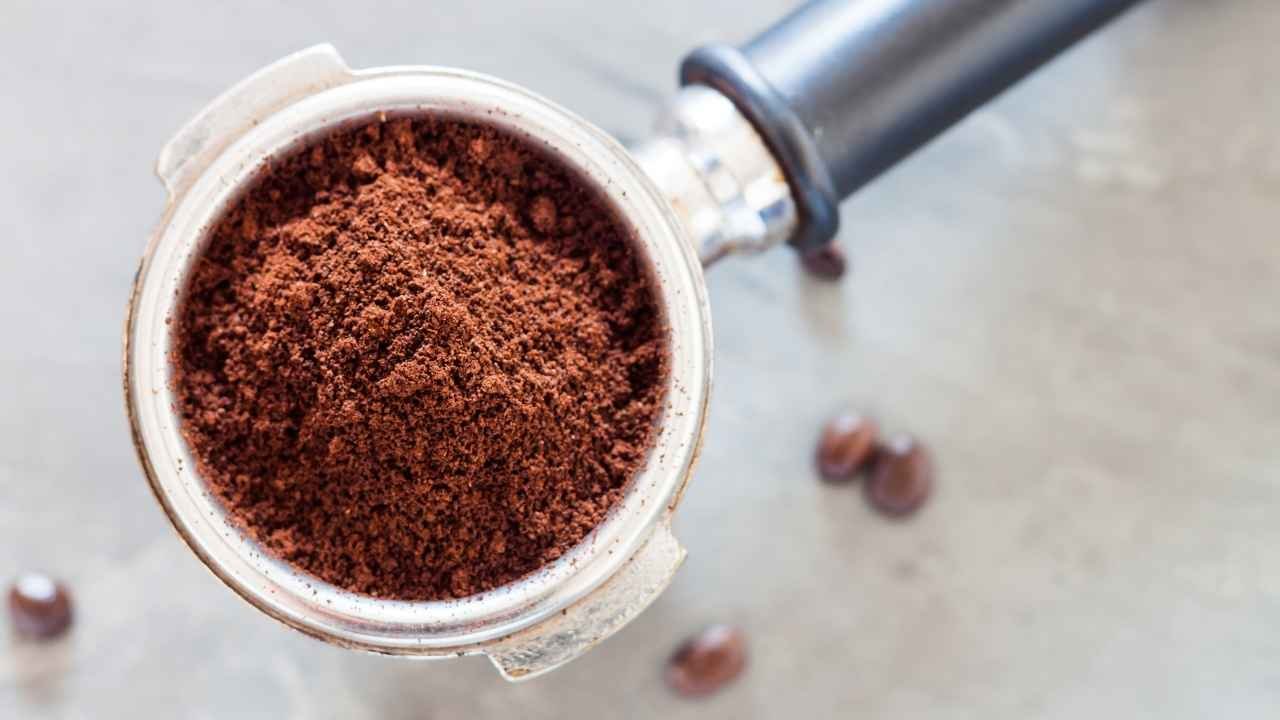
In this Article

Why Leftover Coffee Matters
The Common Habit of Saving Coffee for Later
We all have been through this: you make a whole pot of coffee in the morning, get sidetracked by job calls or family turmoil, and then notice your mug has been lying there for hours. Many coffee consumers often keep their leftover brew for later consumption.
Concerns About Coffee Safety and Freshness
Though that chilled cup seems innocuous, questions regarding safety certainly surface. Sitting coffee does cause dangerous bacteria to grow? Will drinking it make you feel unwell? Knowing these issues enables you to choose wisely about your daily coffee regimen.
Can Old Coffee Make You Sick?
Can old coffee make you sick? The short answer is maybe; however, it depends on many different variables. For a few hours, plain black coffee kept at room temperature usually won’t make healthy people quite unwell. Coffee with milk, cream, or sugar, however, provides a breeding ground for germs considerably quicker.
What Happens When Coffee Sits Too Long
Oxidation starts to break down the chemicals of coffee when it sits exposed to air. First affected taste, this process makes your beer increasingly bitter and stale. After some hours, bacteria growth becomes a worry, particularly in hot settings or in the presence of dairy products.
Signs Your Coffee Has Gone Bad
Look for these indicators: sour or unpleasant odor, visible film on the surface, strange texture, or any mold development. Trust your senses; if anything strikes you incorrectly, it probably is. Fresh coffee should have a rich and aromatic scent, not sour or rancid.

How Long Can Black Coffee Sit Out at Room Temperature?
How long can black coffee sit out at room temperature? Before germs become a major problem, pure black coffee can sit at room temperature for roughly twelve hours. After just 2–3 hours, though, taste quality degrades greatly as oils turn rancid and acidity rises.
Freshly Brewed Black Coffee Shelf Life
Your morning coffee preserves peak flavor for around 30 minutes following brewing. Though it is still safe to drink for many more hours after this window, you will see diminishing taste quality. Room temperature considerably influences this timeline.
Flavor Changes vs. Health Risks
Though your six-hour-old black coffee might be awful, it probably won’t hurt you. The chief dangers result from microbial development in drinks having dairy or sugar. Plain coffee’s acidity offers a safety barrier by naturally suppressing some bacterial growth.
How Long Can Coffee Sit Out With Milk?
How long can coffee sit out with milk? Coffee with milk should never be left at room temperature for more than two hours. Any coffee with milk, cream, half-and-half, or other dairy products mixed in follows this exacting schedule.
Why Milk-Based Coffee Spoils Faster
The ideal setting for dangerous bacteria like E. coli and Salmonella to proliferate swiftly are dairy products. These organisms flourish in the protein-rich, warm environment your coffee cup milk provides, hence contaminating your coffee is a major worry.
Safe Time Limits for Coffee With Dairy
The USDA advises getting rid of any dairy-containing drink after two hours at room temperature or only one hour if temperatures are over 90°F. This rule holds true regardless of whether you are ordering complex specialized drinks or just a basic coffee with milk.

How Long Can a Latte Sit Out Safely?
How long can a latte sit out safely? Because lattes include steamed milk, the same two-hour restriction holds. Their increased dairy content and preparation techniques cause these espresso-based beverages to present more hazards than ordinary coffee with milk.
Latte Storage at Room Temperature
Because of their milk content and foam structure, lattes kept at room temperature swiftly show bacterial growth. The steamed milk provides a great breeding environment; the drink’s temperature falls into the bacterial risk area within an hour.
The Role of Refrigeration in Safety
Refrigeration helps to greatly lengthen the safe consumption window for your latte. Although the taste and texture will change as the milk separates and coffee turns more acidic, a properly kept latte in the refrigerator remains safe for 2–3 days.
Best Uses for Leftover Coffee Instead of Wasting It
Don’t pour that leftover coffee down the drain! Transform it into something useful instead of risking your health by drinking stale brew.
Creative Ways to Reuse Brewed Coffee
Cold leftover coffee is great for making ice cubes for upcoming iced coffee drinks. Alternatively, chilled coffee can be used to water plants, many appreciate the small sourness, to make coffee-flavored simple syrups or freeze it in ice cube trays for smoothies.
Using Coffee in Cooking and Baking
Leftover coffee glows in the kitchen. Include it in chocolate cake mix for more nuanced flavor, generate coffee marinades for meats, create coffee-rubbed spice combinations, or use it in homemade barbecue sauce. The chances abound and yummy.
| Coffee Type | Safe Time at Room Temp | Safe Time Refrigerated | Best Alternative Use |
| Black Coffee | 12 hours | 3-4 days | Ice cubes, plant watering |
| Coffee with Milk | 2 hours | 2-3 days | Baking ingredient |
| Latte/Cappuccino | 2 hours | 2-3 days | Cooking marinade |
| Sweetened Coffee | 4-6 hours | 2-3 days | Dessert recipes |

Tips to Keep Your Coffee Fresher for Longer
Smart storage makes all the difference in extending your coffee’s safe consumption window and maintaining better flavor.
Storage Hacks for Brewed Coffee
Transfer leftover coffee to airtight containers and chill right away. To avoid flavor absorption, glass containers are preferable to plastic. Steer coffee away from pungent meals that could change its flavor.
Choosing the Right Container and Temperature
Maintaining temperature and freshness for longer than leaving coffee on warm plates are thermal carafes. To keep quality for future use in recipes or reheating and avoid odor absorption, use tightly sealed containers if refrigeration.
Final Thoughts | Drink Smart, Store Smarter
Your coffee practices need not jeopardize your health or waste fine brew. Knowing safety timelines and looking at innovative applications for leftovers will enable you to consume coffee ethically while reducing waste.
Frequently Asked Questions
Is it safe to reheat day-old coffee?
Day-old black coffee can be safely reheated if it was refrigerated, though the taste will be quite different from fresh coffee.
Can I get food poisoning from old coffee?
Yes, especially from coffee containing dairy products that have been left out too long, as bacteria can multiply rapidly in these conditions.
Does adding sugar make coffee spoil faster?
Sugar can accelerate bacterial growth, making sweetened coffee slightly more risky than plain black coffee when left at room temperature for extended periods.



